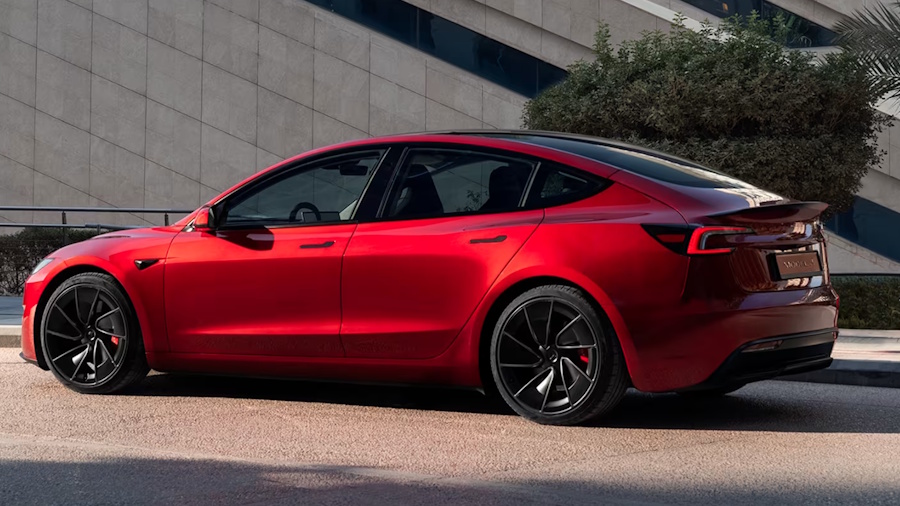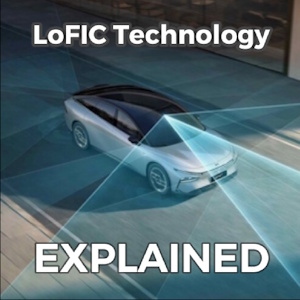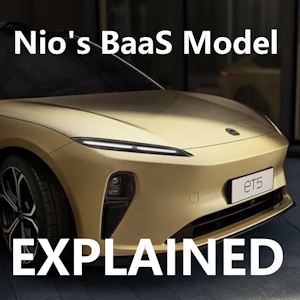Tesla is no longer alone at the summit of the electric SUV market. With sales of the Model Y in China down approximately 24% in 2025 through May —with only 124,643 units sold versus around 480,000 the prior year—Tesla is showing signs of strain amid fierce competition. Over the next four weeks, four new Tesla Model Y competitors—Xiaomi YU7, Xpeng G7, Onvo L90, and Li Auto i8—are set to launch in China. That fierce rivalry may soon stretch to Europe, making Tesla’s path forward even more precarious.
Xiaomi YU7: Immediate Threat with Strong Launch Momentum
The Xiaomi YU7 hit the Chinese market in late June, launching at a price starting RMB 253,500 (~US $35,360)—nearly 4% cheaper than the Model Y. Early demand was astonishing: more than 200,000 orders in just three minutes and over 289,000 within the first hour. The YU7 boasts a large 96–102 kWh battery with CLTC range up to 835 km, faster charging capacity compared with Tesla and aggressive pricing.

European launch timing hasn’t been announced officially, but Xiaomi’s smartphone-turned-EV strategy—alongside its recent investment in smart vehicles—signals likely market entry in late 2025 or early 2026 amid rising EV demand across Europe.
Xpeng G7, Onvo L90, Li Auto i8: SUVs with Scale and Tech Appeal
The Xpeng G7 refresh, along with the Onvo L90 and Li Auto i8, are scheduled to debut in China between early and late July. The G7 remains in the shadow of Xiaomi but is expected to join other Chinese brands expanding in Europe via established channels like Norway and Germany.

The Onvo L90—a six- or seven-seat large SUV—will directly rival the upcoming three-row Model Y, planned for late 2025 in China. The Li Auto i8, featuring twin motors and rapid 5C charging, marks the company’s move into pure EVs after its PHEV success .
More from ElectricFleet: Xpeng Models in Europe, with specs and prices
Europe may see the G7 and i8 later this year or in early 2026, particularly as Xpeng and Li Auto seek opportunities in Norway, where Chinese EVs are gaining traction.
Tesla’s Model Y Under Pressure in Europe
Tesla remains the leading electric SUV brand in Europe, and recently introduced an updated Model Y to extend range in early 2025. However, Tesla is simultaneously facing a delay in its rumored longer-wheelbase three-row Model Y in China. while Chinese rivals accelerate international rollout. Tesla Europe sales have slowed, contributing to stock volatility and leadership turnover—underscoring the growing threat from these newcomers.

Comparison Table: Key Specs vs. BYD Atto 3
Here’s how Tesla and its Chinese adversaries stack up against each other, with a focus on the BYD Atto 3—a leading competitor already available across Europe:
| Model | Battery and Range | Power and Acceleration | Fast Charging | Competitive Advantage |
| Tesla Model Y (2025) | 62.5 kWh / 593 km CLTC (~520 km WLTP) | 220 kW motor, 0–100 km/h in 5.9 s | ~250 kW Supercharging | Brand loyalty, mature software |
| BYD Atto 3 | 49.9–60.5 kWh / 345–420 km WLTP | 150 kW, 0–100 km/h in 7.3 s | 88 kW DC | Five-star Euro NCAP, early Europe presence |
| Xiaomi YU7 | 96–101 kWh / 760–835 km CLTC | Up to 690 PS, 0–100 km/h from 3.2 s | 800 V architecture — likely ultra-fast | Massive launch stockpiling, aggressive pricing |
| Onvo L90 | TBD — large battery for 6–7 seat SUV | – | Expected fast charging | Direct rival to Tesla’s 3-row Y |
| Li Auto i8 | NMC CATL battery, AWD, dual electric motors (400 kW) | – | 5C charging | Premium features and build quality |
What This Means for Europe
The launch of these four SUVs, combined with models like the BYD Atto 3, represents a significant escalation in competition. Tesla’s China sales slump (down 24%) highlights vulnerability, with European rivals poised to mimic Chinese success. As these Chinese automakers expand into Europe—particularly via entry into Norway, Germany, and other EV-forward regions—the Model Y’s dominance will be increasingly challenged on price, features, and network integration.










